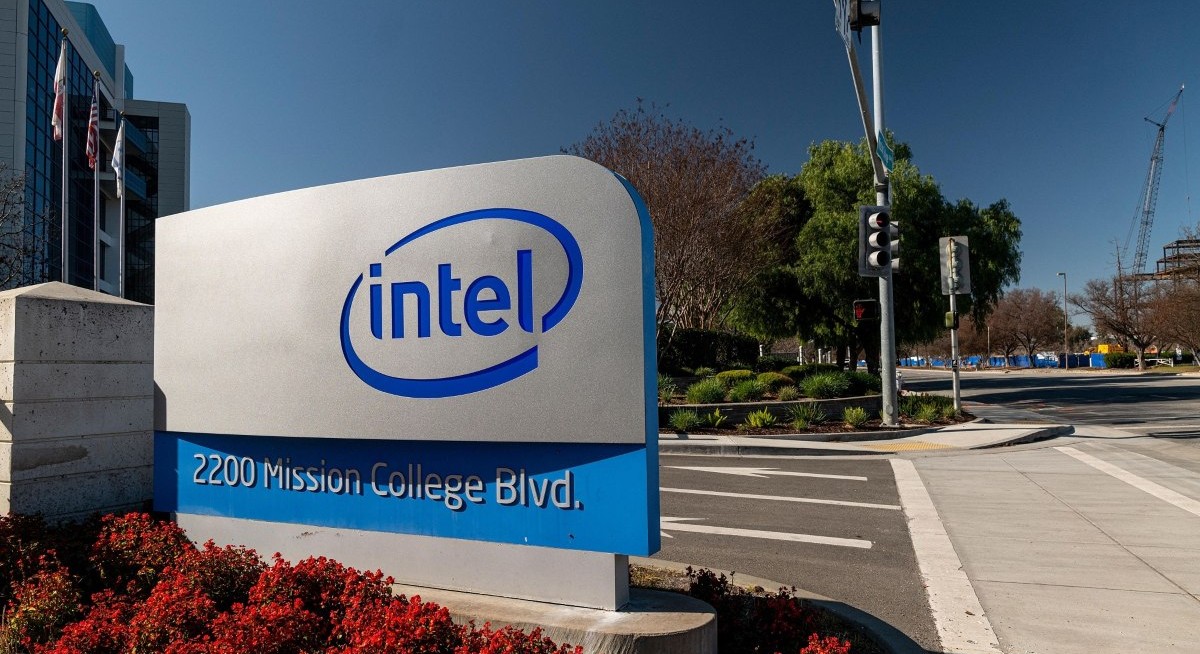Some divisions, including Intel’s sales and marketing group, could see cuts affecting about 20% of staff, according to the people.
Intel is facing a steep decline in demand for PC processors, its main business, and has struggled to win back market share lost to rivals like Advanced Micro Devices Inc. In July, the company warned that 2022 sales would be about US$11 billion ($15.8 billion) lower than it previously expected. Analysts are predicting a third-quarter revenue drop of roughly 15%. And Intel’s once-enviable margins have shrivelled: They’re about 15 percentage points narrower than historical numbers of around 60%.
During its second-quarter earnings call, Intel acknowledged that it could make changes to improve profits. “We are also lowering core expenses in calendar year 2022 and will look to take additional actions in the second half of the year,” Chief Executive Officer Pat Gelsinger said at the time.
Intel, based in Santa Clara, California, declined to comment on the layoffs.
See also: OpenAI to end equity vesting period for employees — report
Intel’s last big wave of layoffs occurred in 2016, when it trimmed about 12,000 jobs, or 11% of its total. The company has made smaller cuts since then and shuttered several divisions, including its cellular modem and drone units. Like many companies in the technology industry, Intel also froze hiring earlier this year, when market conditions soured and fears of a recession grew.
The latest cutbacks are likely meant to reduce Intel’s fixed costs, possibly by about 10% to 15%, Bloomberg Intelligence analyst Mandeep Singh said in a research note. He estimates that those costs range from at least US$25 billion to US$30 billion.
See also: Trump signs order seeking to limit state-level AI regulation
Gelsinger took the helm at Intel last year and has been working to restore the company’s reputation as a Silicon Valley legend. But even before the PC slump, it was an uphill fight. Intel lost its long-held technological edge, and its own executives acknowledge that the company’s culture of innovation withered in recent years.
Now a broader slowdown is adding to those challenges. Intel’s PC, data centre and artificial intelligence groups are contending with a tech spending downturn, weighing on revenue and profit.
PC sales tumbled 15% in the third quarter from a year earlier, according to IDC. HP Inc., Dell Technologies Inc, and Lenovo Group Ltd., which use Intel’s processors in their laptops and desktop PCs, all suffered steep declines.
With PC prices stagnating and demand weakening, Intel also may need to pursue a dividend cut to offset cash-flow headwinds, Singh said. But Intel’s plan to sell shares of its Mobileye self-driving technology business in an initial public offering may ease those concerns, he said.
It’s a particularly awkward moment for Intel to be making cutbacks. The company lobbied heavily for a US$52 billion chip-stimulus bill this year, vowing to expand its manufacturing in the US. Gelsinger is planning a building boom that includes bringing the world’s biggest chipmaking hub to Ohio.
At the same time, the company is under intense pressure from investors to shore up its profits. The company’s shares have fallen more than 50% in 2022, with a 20% plunge occurring in the last month alone.
The shares slipped about 1% to US$24.80 in New York on Wednesday morning.
To stay ahead of Singapore and the region’s corporate and economic trends, click here for Latest Section
Intel $INTC is planning thousands of job cuts in the face of a slump in PC demand, sources say.
Here's the details from the @business report by @markgurman @debbywuintaipei pic.twitter.com/0V1dTE6AyD
US tensions with China also have clouded the chip industry’s future. The Biden administration announced new export curbs on Friday, restricting what US technologies companies can sell to the Asian nation. The news sent shares of chipmakers tumbling anew, with Intel falling 5.4% that day.
Intel has been trying to regain its footing in the industry by releasing new PC processors and graphics semiconductors. A key part of its strategy is selling more chips to the data-centre market, where rivals AMD and Nvidia Corp. have made inroads. On Tuesday, Google unveiled new Intel-powered technology for its server farms that will help speed artificial intelligence tasks.
Intel is now looking to pursue those goals as a leaner company.
David Zinsner, Intel’s chief financial officer, said after the company’s latest quarterly report that “there are large opportunities for Intel to improve and deliver maximum output per dollar.” The chipmaker expected to see restructuring charges in the third quarter, he said, signalling that cuts were looming.
Some chipmakers, including Nvidia and Micron Technology Inc., have said they’re steering clear of layoffs for now. But other tech companies, such as Oracle Corp. and Arm Ltd., have already been cutting jobs.




